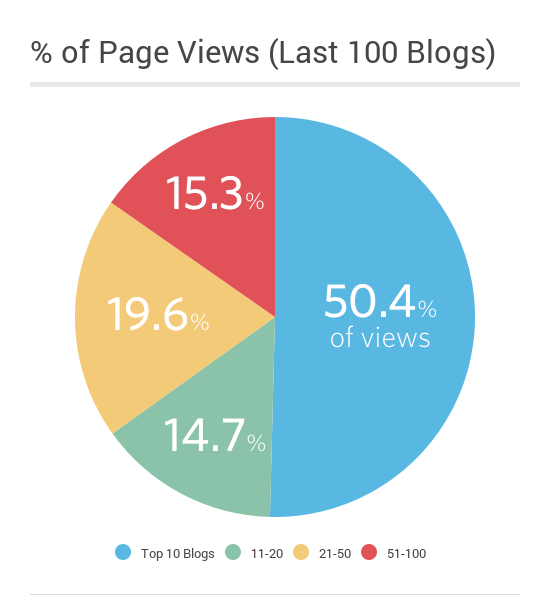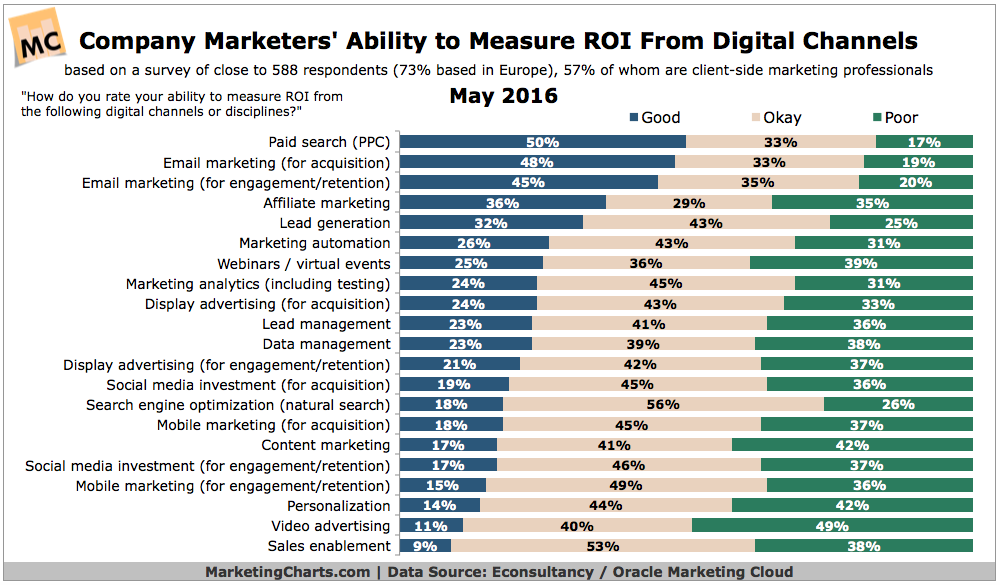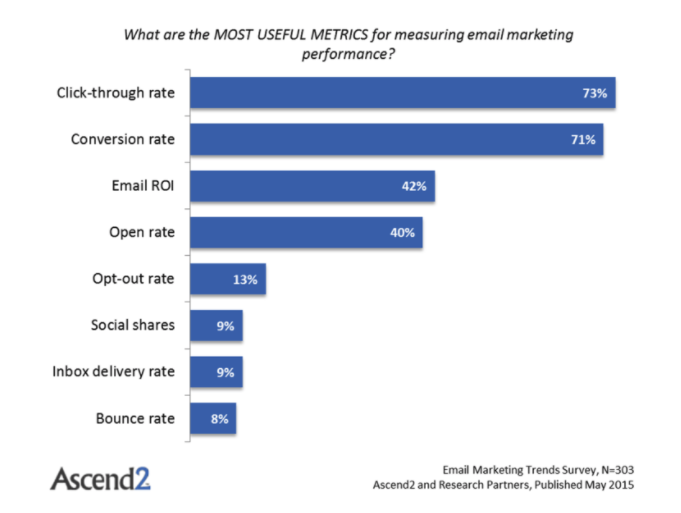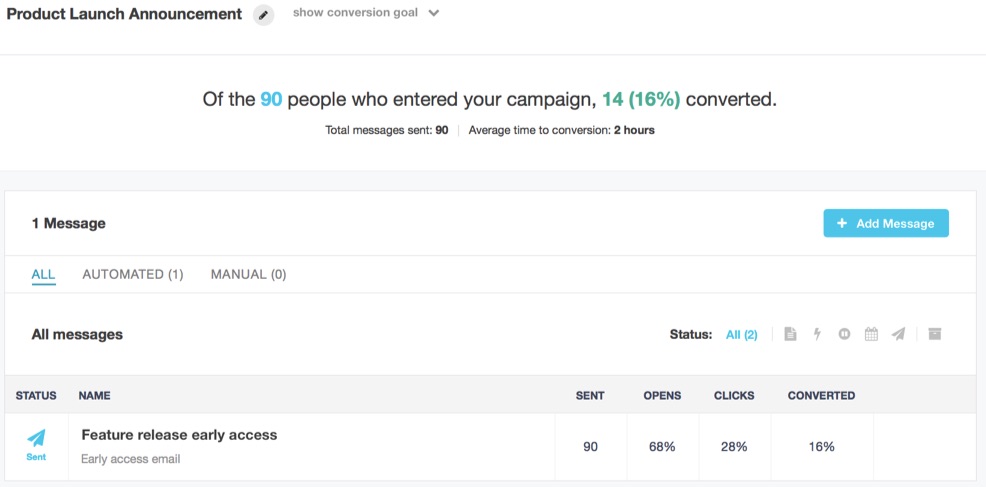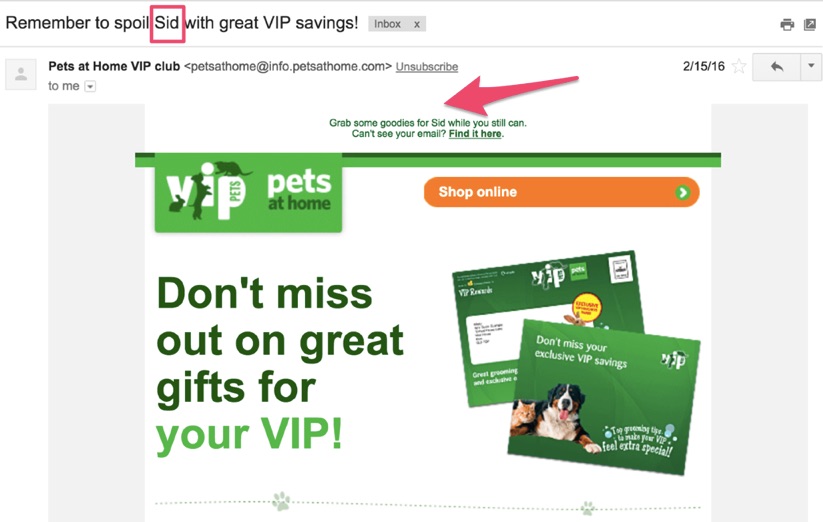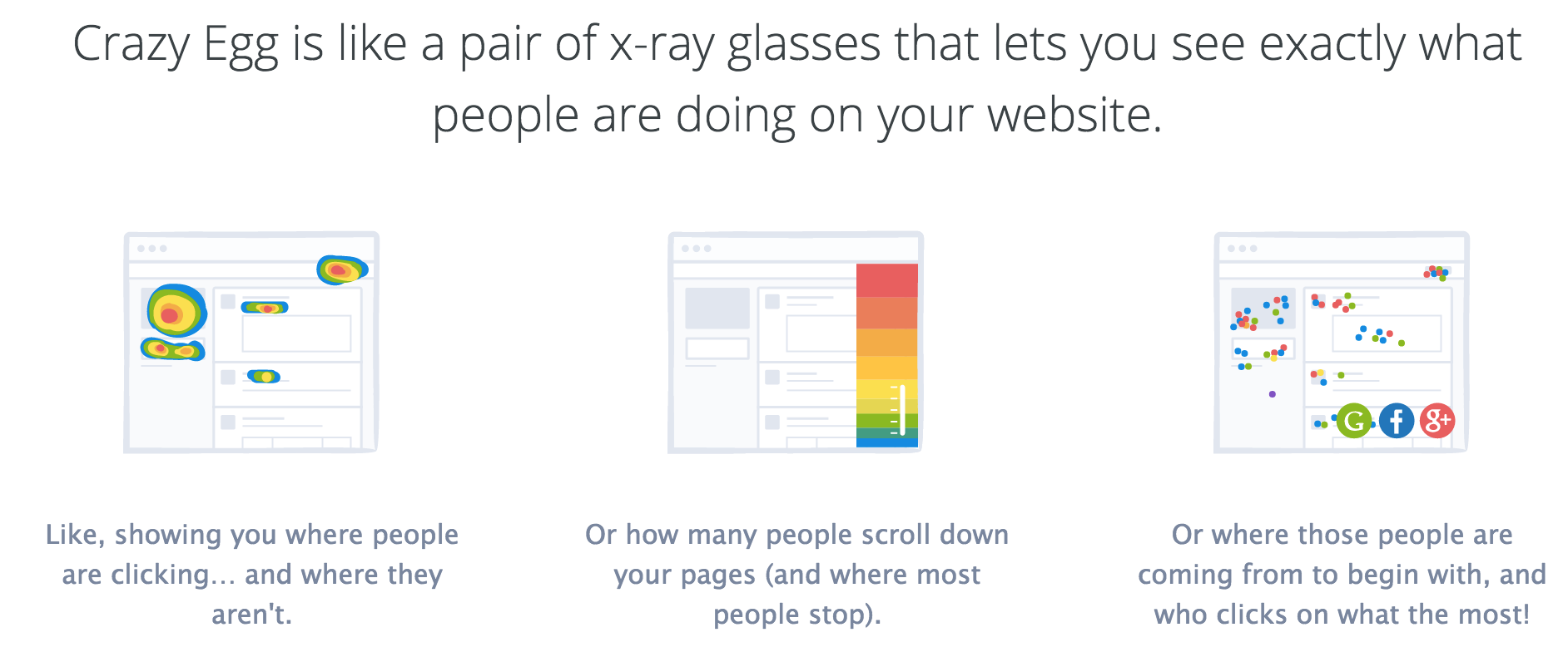“1.2 million uniques in 18 months.”
Sounds impressive.
Looks amazing at first blush.
Until you start reading. Until you start listening.
And then you see it. Spot it from a mile away.
“Raised $XX million from Joe Schmo venture partners” in fine print towards the bottom. Like it was insignificant. Like it didn’t change anything.
Immediately you should see red flags. Instantly you should be put off.
It’s not just the money. It’s the access. It’s the network. It’s the one-line email to a friend of a friend that gets you in touch with every top media property on the ‘net.
I’m not hating. Neither should you. It’s just that the numbers and therefore, the article, become farce. Those “tips” they used. Those “hacks” they employed.
Writing “really great content” isn’t the reason they hit 1.2 million uniques in 18 months. Going from $zero to $millions overnight is. Going from from 10 beta users to 10,000 the next day is, too.
Talent starts listening. Prospects start buying. Journalists start taking notice. Instant credibility hits as a byproduct.
All of those things are great. If you can get them. But you can’t. Because you’re un-funded.
So here’s what you should be doing instead.
The biggest problem facing the unfunded
Raising money isn’t the end goal. It’s also the exception in most cases.
You wouldn’t get that from reading most tech sites. But in reality, out there in the real world, it’s true.
The problem is that if Paul Graham ain’t on your speed dial, you’re gonna need a second approach.
‘Cause the things that work in that tiny, miniscule, subsection of a market won’t work for you. Or me. Or most.
The context is completely different. Which means the strategies, tactics, and campaigns are, too. Or should be, at least.
Here’s an example to make this crystal clear.
Let’s go on a new trip. Pick anywhere at all. New York City sounds fun.
So what do you do first? You don’t go to “Hotel XYZ.” Not initially, anyway. Instead, you go to Expedia or TripAdvisor or Yelp or Hotels.com or Google Travel or wherever.
And what do you look at first, before price?
Names you recognize.
That’s because 59% of people buy from companies they recognize.
Another study from a different source found the same exact findings.
“70% of US consumers look for a ‘known retailer’ when deciding what search result to click.”
“Brand bias” is way out in front, before pricing for most people.
How about one more for the skeptics out there?
MarketingExperiments.com ran a simple conversion test. They did all the crap A/B tests you hear about on most sites.
They did the headlines the buttons the CTAs the colors and the rest of the junk “experts” say you should be doing.
TL;DR? None of that stuff moved the needle. Not significantly. Not permanently.
One test, however, did.
Except you’re probably not going to like the answer. Not if you’re unknown and unfunded, anyway.
The test the moved the needle on subscriptions by 40%?
“There was no significant difference between any of the treatments. The Boston Globe audience is highly motivated, and putting a button above or below the fold didn’t matter as much as the newspaper’s respected journalism.”
That’s it. All it took was the brand name. Because it’s known. Because it’s respected. Because people can trust it.
Because it’s been established over the past century.
This is the part no one tells you online. This is your biggest problem.
It’s not Skyscrapers. It’s obscurity.
Funded companies (usually) get instant credibility. By association. If they don’t completely suck.
But you gotta get it any way you can get it.
The unfunded doesn’t. There’s no awareness. Which means there’s no trust. Which means nobody’s buying.
Social proof ain’t a gimmick. It’s validation. And you need it. So here’s how you go about getting it.
First, here’s what won’t work for you
All companies have constraints.
It’s time for the funded. They need to go big, fast, now.
It’s money and notoriety for the unfunded. Time? You should have loads of it. You don’t have many customers distracting you, right? 
The point is that you don’t have a ticking-time bomb. You might feel pressure to scale to X or hit $Y in revenue in Z months. You might need a certain number to live off. But there’s no pressure to do this by the end of Q3.
Hell, the unfunded has probably never done anything by Q’s in the first place.
So it’s a marathon, not a 5k. And that changes a few things.
❌ SEO is a no-go. Yes, it’s important. But no, it won’t help you in the early going.
Search engines are literally designed to reward entities that have been around the longest, have been cited the most, and already have that big brand name.
All of which you don’t have. And won’t. At least, not in the next few months.
❌ Advertising, too, won’t help you. Yes, it works. Amazingly well if you do it right. Which you won’t. Because you don’t have enough capital.
And even if you did, it probably should go somewhere else, first. Like people. Like design. Like product quality.
Because your product is your marketing today.
So you still need awareness. You still need to build a brand. And you still need customers.
Just realize now, up front, that almost 90% of your options have been eliminated.
Counterintuitively, that’s OK. You can focus now. You can start off in the direction that works with what you’ve got.
1. Align yourself with others
You need eyeballs, leads, and credibility.
Fortunately, other organizations already have those things.
So go get them. Even if it costs you a little more.
Example: Who’s the biggest player in your industry?
If we’re talking B2C ecommerce, it’s Amazon. 44% of all searches start (and end) there. They make up almost half of all U.S. online retail sales.
Walls Need Love, a home decor site you’ve probably never heard of, got their initial break through Amazon.
So too, did The Daily Fairy. “Amazon’s been incredible for my business. I started selling on Amazon in October of 2015, and it’s doubled my sales. What that tells me is that there’s a whole slew of people,” according to Emily, The Daily Fairy’s founder.
Amazon is an obvious first choice. But they’re far from the only option.
Walls Need Love also works with marketplaces like Etsy, Wayfair, Touch of Modern, Fancy, and even Urban Outfitters.
Right off the bat, Walls Need Love looks for marketplaces that have decent terms (nothing longer than net 30, no restrictive shipping policies, etc.).
But next, they’ll look at promotion options.
For example, some marketplaces will give them advertising options to put them front-and-center on their site. Except instead of charging them out of pocket, they’ll do it as a rev-share agreement.
That means they waste nothing on fruitless ads. They’re not paying for impressions or clicks or any other meaningless metrics.
Instead, they’re only ‘paying’ (or giving up a share of the revenue) when a real buyer comes through their doors.
That gives Walls Need Love what they need most: awareness. It gives them credibility. It gives them recognition.
And it also gives them a shot to re-sell or up-sell to them later to make up that cost.
It’s no different in the B2B world.
Same objective, different tactics.
If you sell any kind of inbound marketing, you’d align yourself with HubSpot. They’re like the Salesforce of the marketing industry. The biggest, brightest, most well-known alternative.
That starts with the certifications they offer.
Sure, you and I know these are mostly useless. I’m not saying the information is bad. It’s not.
It’s just that it doesn’t ‘mean’ anything in real life. Except, to prospects. To potential clients. To people who aren’t as familiar with the ins-and-outs of the industry.
The next stop is a partnership.
Most software companies offer something similar.
Unbounce has an official one. Wistia has one, too.
The Moz one is unofficial, but still impactful.
Personally, I’ve never heard of Mammoth Growth. But they’re an official Kissmetrics partner. So they must be good!
See how this works?
You’re not just another nameless, faceless “marketing company” now. You’re a “HubSpot partner.”
You send a cold outreach email on LinkedIn or, god forbid, you meet someone at a networking event, and you’re an “Unbounce partner.”
All of these programs often offer education, too. They can connect you internally to other companies who’ve been where you’ve been and scaled up.
So you can learn. So you can level up. So you don’t go it alone.
At the very least, you barter. You trade time for eyeballs. You trade expertise for eyeballs.
You do whatever it takes to get eyeballs.
Basically, you need early wins that you can leverage for more future wins. Start with legitimacy and credibility.
Because those pave the way for everything else.
2. Now emphasize those early wins
Here’s how it works in real life.
Someone finds you through a marketplace, a partner, a vendor, a supplier. They find you because you’ve seamlessly aligned yourself with them.
So they check it out. They click and look. You need to reel them in.
Let’s stick with the Mammoth Growth example because they do this better than most.
You hit their website and see this:
Pretty simple and straightforward. A consultation form on the far-right. Some basic copy about what they do and how they can help you.
Now, look over in the upper right-hand corner:

You only get three options.
Home introduces you to everything. It’s the high-level overview.
Case Studies dig a little deeper, showing off the third-party validation earned in the previous section.
Contact is the next step. It’s the thing you need to do next.
And that’s it.
Where’s the corny team page? You know, the one where the agency shows off their “culture” and their “personality” and their “quirkiness” that makes them the perfect hipster crew for you.
It’s not listed. Nowhere to be found.
Instead, the focus is squarely on building credibility.
Scroll down on the homepage and you see more partner badges:

What do these three partner badges tell you? What do these companies have in common?
Mammoth Growth is using these for credibility, sure. But more importantly, they’re subtly positioning themselves.
They have a speciality. They work with specific companies looking for a specific solution. And if you fit that mold, with that need, there’s no one better.
Keep scrolling and you see Testimonials.
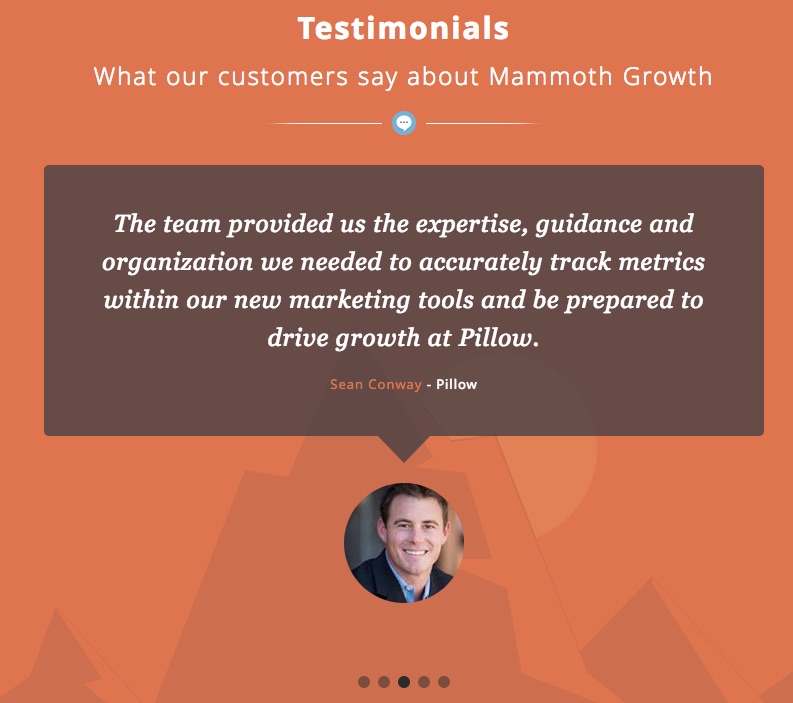
Best of all, the people in these testimonials line up with the case studies above. So the work and results become real.
Head towards the bottom of the page and you see more client logos.
Some, again, are the exact same companies. That’s not a knock. It’s clever.
Sports Insights, for example, are featured in a case study, testimonial, and here again at the bottom.
You kill it with five customers out of your first 15. (Let’s be honest, there’s gonna be some losers in the early days.)
Fine! Celebrate those wins like there’s no tomorrow. Highlight the biggest, the best, the most well-known.
Look:
Not once are services discussed on the page. Not once do we delve into pricing. Not once do we figure out if there are two people in this company or if there are 500 across three countries.
But that doesn’t matter.
You see Walls Need Love is featured on the following and you know they’re legit.
Third-party validation isn’t the only criteria. It might be the most important. It gets people to recognize and trust you. That’s more than half the battle.
However, there’s still one subtle difference to launch you on your way.
You won’t get overwhelmed with traffic in the early days. No need to worry about servers going down.
But on the flipside, that also means you gotta convert what you get. Mammoth Growth get this right. The entire site experience is first-rate. Here’s why that’s important.
3. Simple, conversion-based design
Things is a task management app from the Cultured Code.
It wasn’t founded by ex-members of Facebook. It hasn’t raised a Series A, B, C, D, E, or even F. It’s not valued at $100,000,000,000 or some other similarly-fake number.
But it is freaking beautiful.
And that matters when 94% of your first impression online comes down to design.
Things has done the first two steps here brilliantly. They’ve leveraged others. Primarily, through their one thing: design.
Literally every single big review they’ve received mentions it:
But how do you find that? How do you know what that “one thing” should be?
You don’t. Your customers (or potential customers do). Which means you should ask them. Interview them. So you can pre-sell the vision to afford actually building it.
Just under the first homepage section on their site is an introduction video.
Thanks everyone for a fantastic launch! In case you missed it, check out the all-new Things and our launch video: https://t.co/MKwe8EdL9k pic.twitter.com/9YmZTgZbC7
— Things (@culturedcode) May 20, 2017
The reason here should be obvious.
Video is the best way to show off their primary competitive advantage. It’s something they can control. And it doesn’t require a Series A to pull off.
Almost every single stat shows that video produces the best ROI, grows revenue faster, and is preferred by customers.
Scroll down even further to get simple, transparent pricing plans:
A little further for Twitter mentions to also boost credibility:
And… that’s it.
Once again, no superfluous extras. The main menu only squeezes in the essentials:
“Simple websites” often perform better. Simple as that.
You have constraints. Often, it’s limited resources. It’s limited money and people.
That means you need to put the most of what you’ve got behind fewer things. Which means you need to make sacrifices. Which means you can only afford the essential.
The good news is that aligning those things with what’s proven to work can, well, work. No matter how much is left over in the bank.
Conclusion
Every single company is bound by constraints.
Every single decision maker needs to move the needle with a less-than-perfect hand.
Pocket Aces don’t just fall in the unfunded’s lap. You gotta make your own luck. You gotta pull off some bluffs.
Big bets can put you into trouble too early. You can’t afford to lose on big pots.
Instead, you need to win a bunch of little pots before you’re ready to go after the big ones. You need to capitalize on what you’ve got.
That starts with affiliating yourself with bigger players. Ride on their coattails. Do what they want so you get what you want.
Then, you leverage those first few wins. No matter how small. You put the attention on those things so it takes attention of you.
Next, you make what you have the best possible. Even if it’s not a lot. Even if it’s three pages instead of 100.
Make those three pages the best in the business. The best design, the best copywriting, the best social proof, the best video, the best feature/benefit examples, etc.
The funded can afford to diversify. Literally.
You can’t. And you won’t. At least, not for awhile. So don’t even try.
About the Author: Brad Smith is the founder of Codeless, a B2B content creation company. Frequent contributor to Kissmetrics, Unbounce, WordStream, AdEspresso, Search Engine Journal, Autopilot, and more.
Youtobe
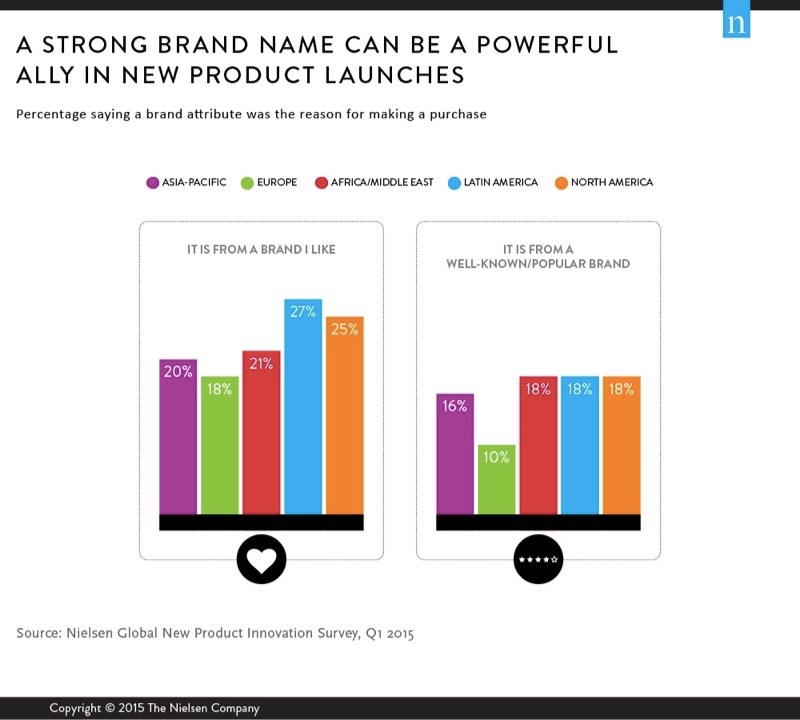

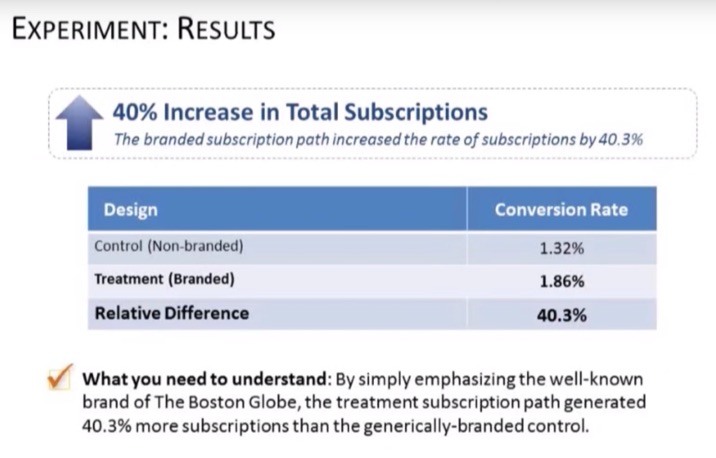

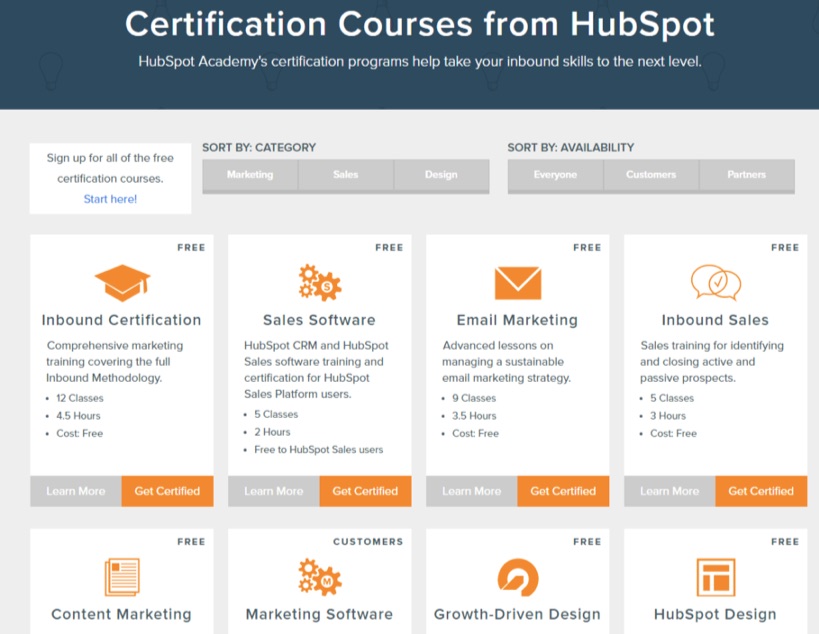
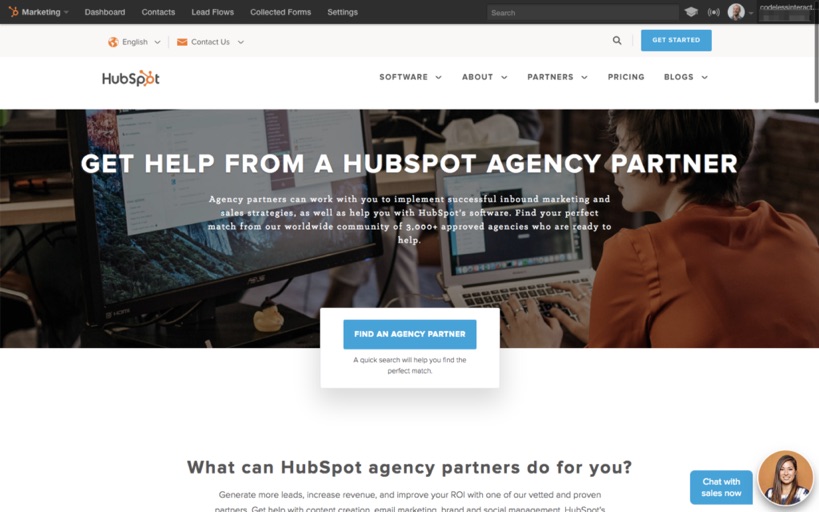




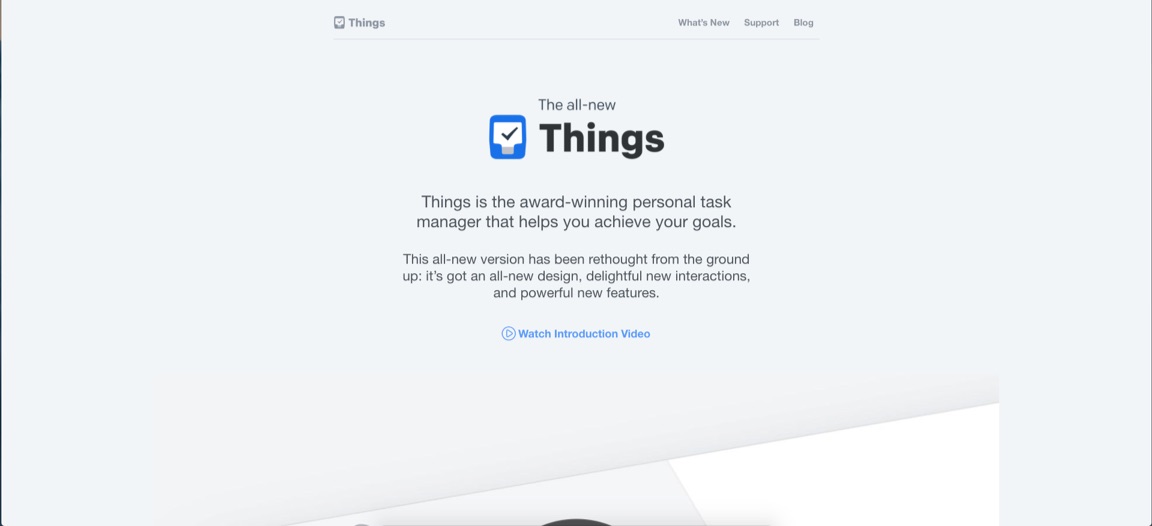
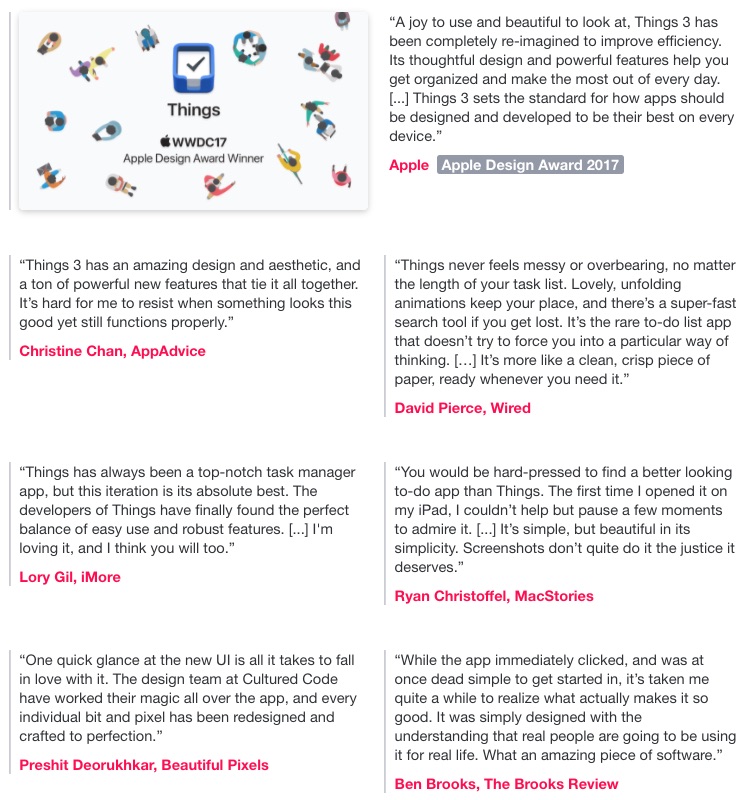
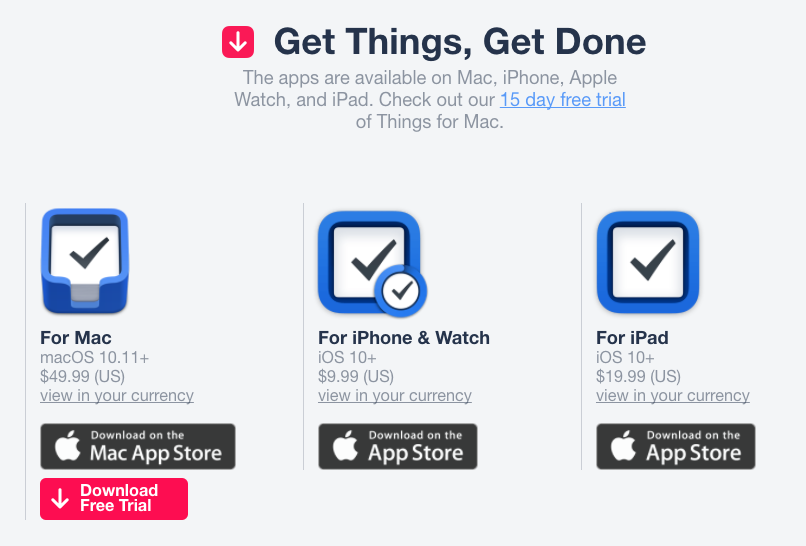
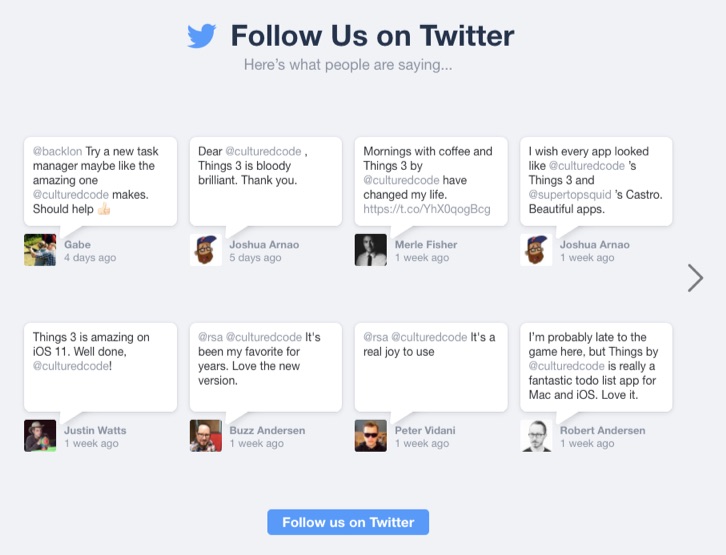



 "
"

